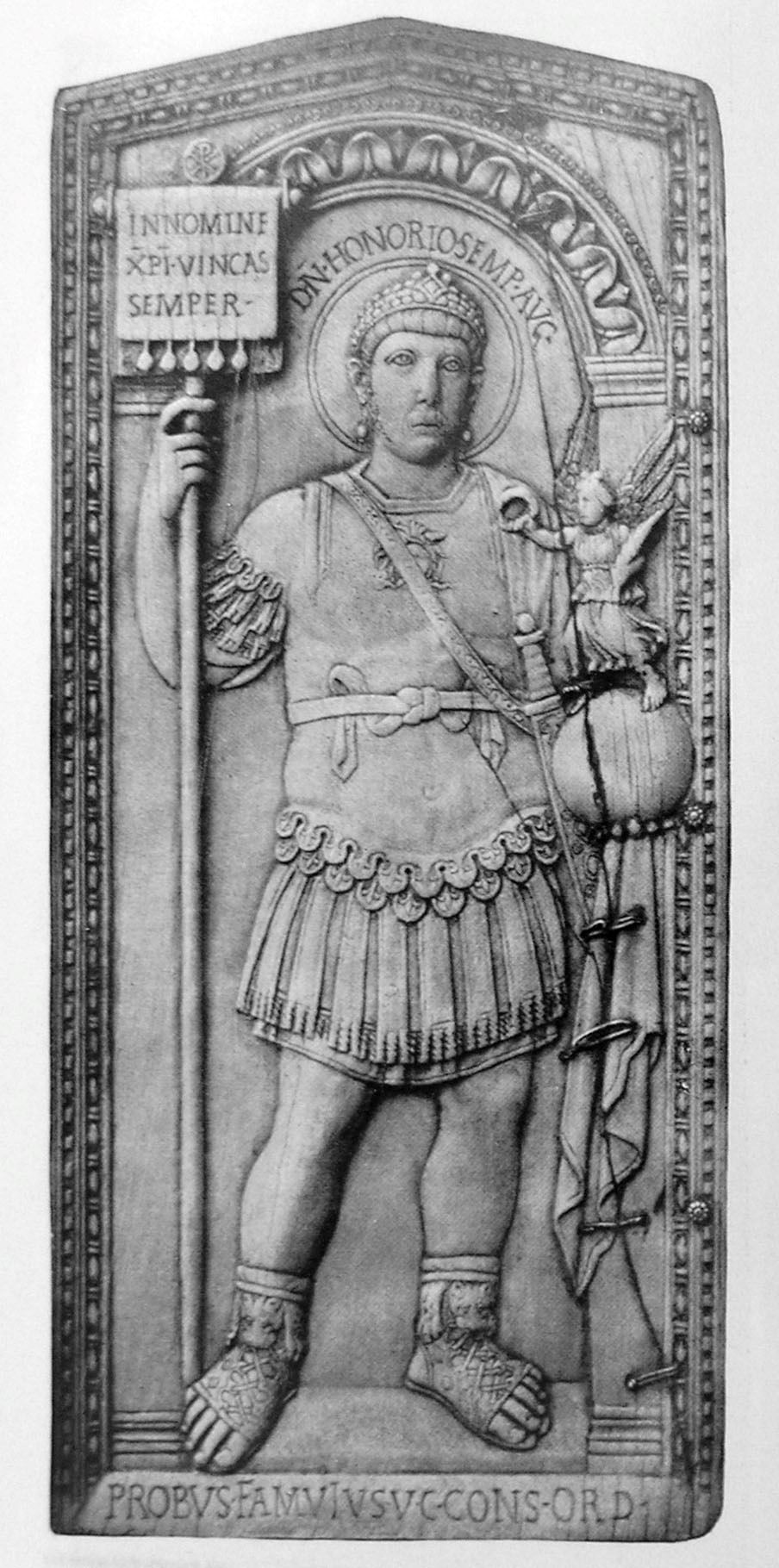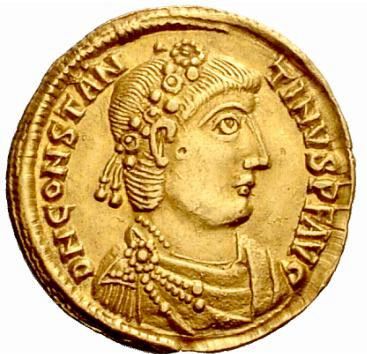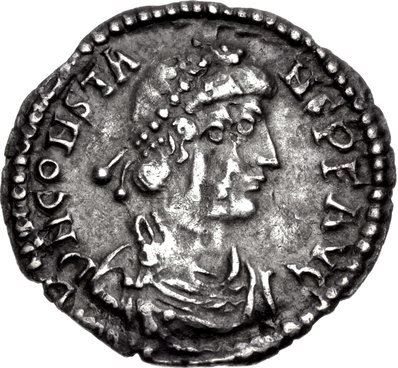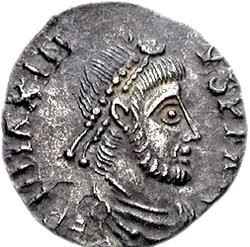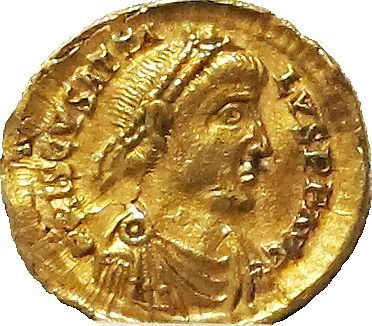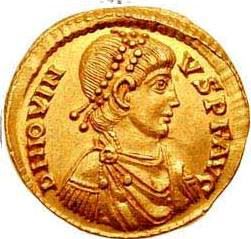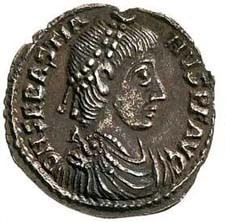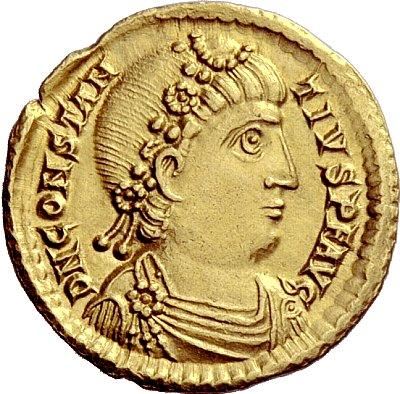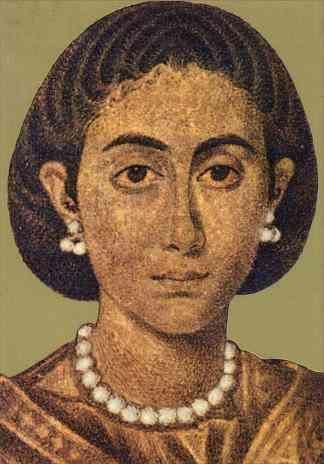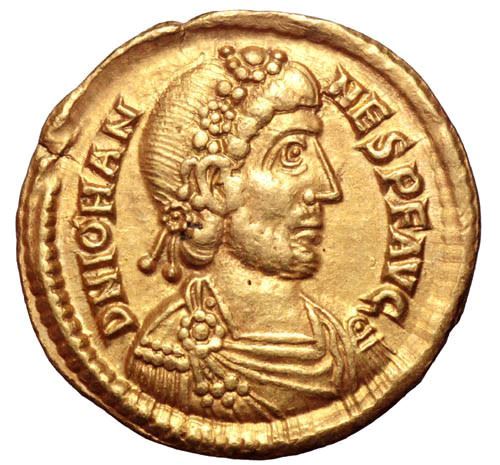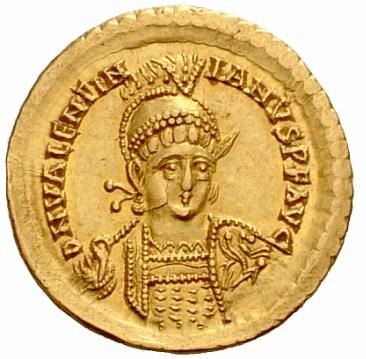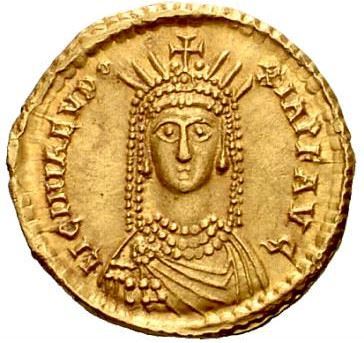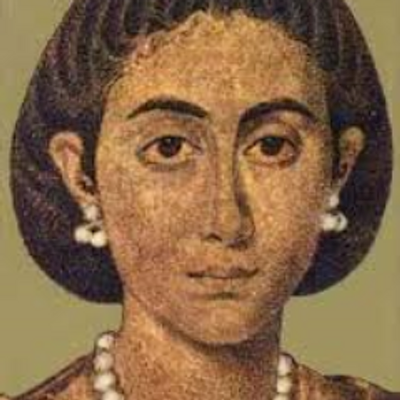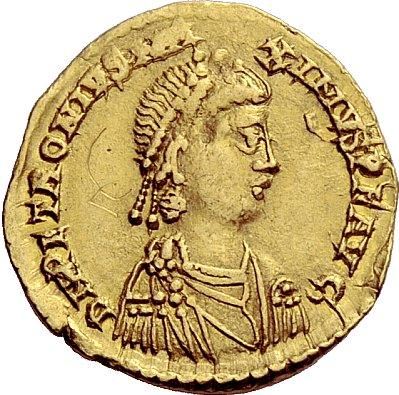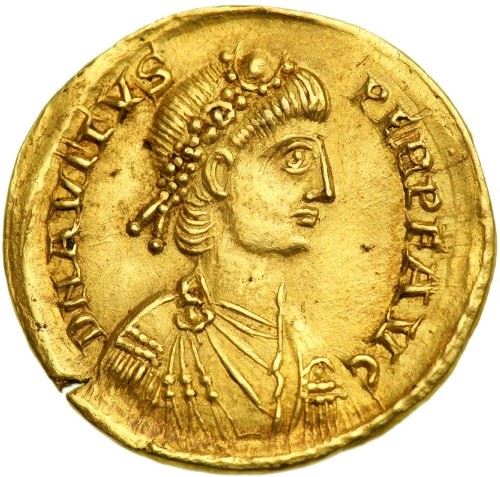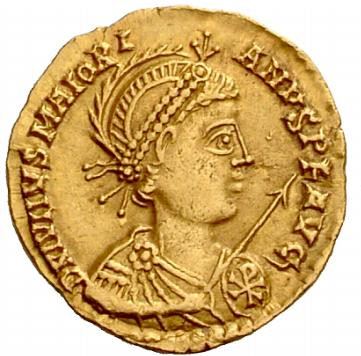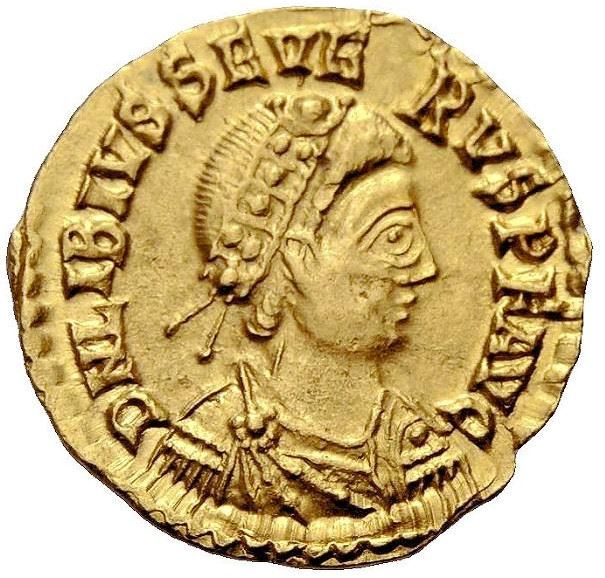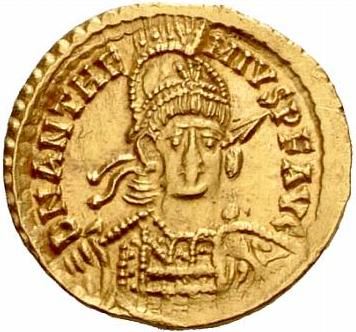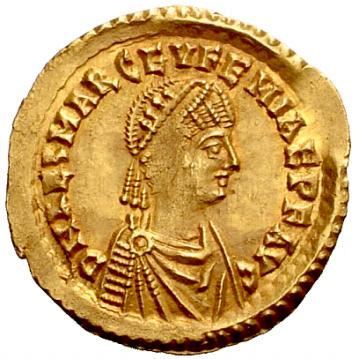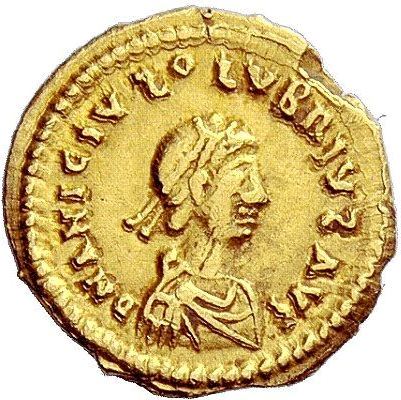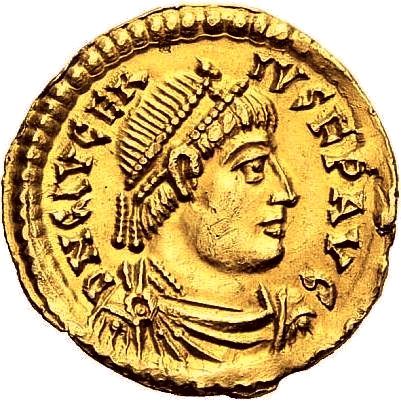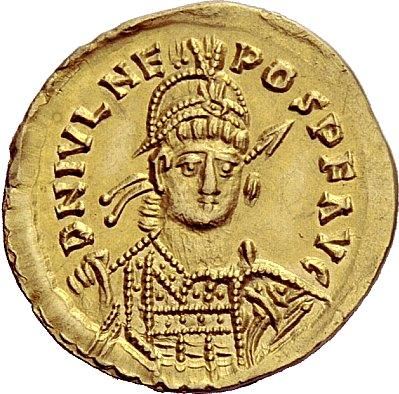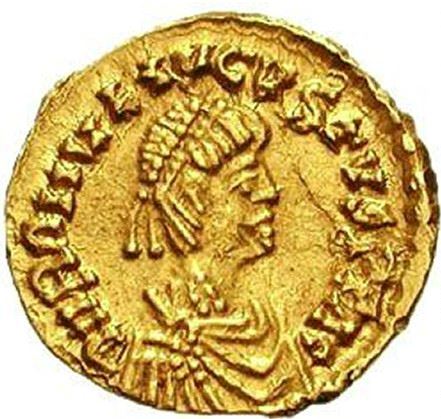The Western Empire category covers the period from the ascension of Honorius in 393 to the death of Romulus Augustus in 476 AD – the final emperor of the West. During these final years of the western empire, most of the Emperors were mere puppets for Germanic generals who were unacceptable to the Romans as Emperors but in reality called all the shots.
But were these generals the cause of the fall? Far from it! Without capable men such as Stilicho, Aetius, and Ricimer the Western Empire would likely have succumbed to invasion and disease much earlier. Why the Germanic generals were less acceptable to the Romans than the Illyrian generals who saved Rome during the crisis of the 3rd Century we will never know – but in a less intolerant world they could perhaps have reinvigorated and saved the Empire like just as men like Aurelian had a century before.
But were these generals the cause of the fall? Far from it! Without capable men such as Stilicho, Aetius, and Ricimer the Western Empire would likely have succumbed to invasion and disease much earlier. Why the Germanic generals were less acceptable to the Romans than the Illyrian generals who saved Rome during the crisis of the 3rd Century we will never know – but in a less intolerant world they could perhaps have reinvigorated and saved the Empire like just as men like Aurelian had a century before.
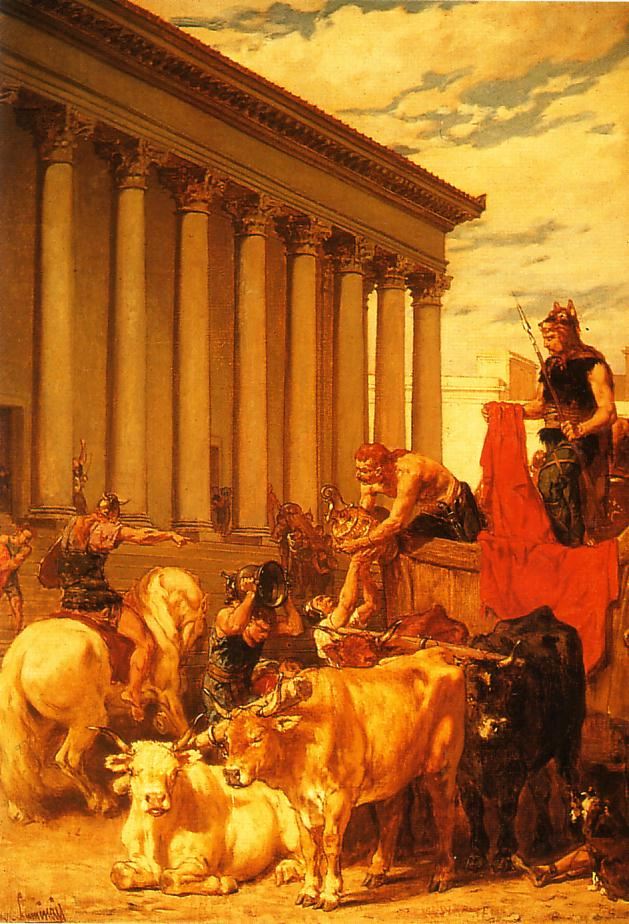
Flavius Honorius Augustus was Western Roman Emperor from 393 to 423.
He was the younger son of emperor Theodosius I and his first wife Aelia Flaccilla, and brother of Arcadius, who was the Eastern Emperor from 395 until his death in 408.
Even by the standards of the rapidly declining Western Empire, Honorius's reign was precarious and chaotic. His reign was supported by his ...
He was the younger son of emperor Theodosius I and his first wife Aelia Flaccilla, and brother of Arcadius, who was the Eastern Emperor from 395 until his death in 408.
Even by the standards of the rapidly declining Western Empire, Honorius's reign was precarious and chaotic. His reign was supported by his ...
Flavius Claudius Constantinus - known as Constantine III - was a Roman general who declared himself Western Roman Emperor in Britannia in 407 and established himself in Gaul.
Recognised by the Emperor Honorius in 409, Constantine suffered a collapse of support and military setbacks that led to his abdication in 411. He was captured and executed shortly afterwards.
Coins of Co...
Recognised by the Emperor Honorius in 409, Constantine suffered a collapse of support and military setbacks that led to his abdication in 411. He was captured and executed shortly afterwards.
Coins of Co...
Constans II was the eldest son of the Western Roman Emperor Constantine III and was appointed co-emperor by him from 409 to 411.
Whether Constans II was a usurper is open to debate: he was crowned after Constantine III had been recognised as co-emperor by Honorius. However, this recognition would not have included the right to extend the imperial power to Constantine's family.
...
Whether Constans II was a usurper is open to debate: he was crowned after Constantine III had been recognised as co-emperor by Honorius. However, this recognition would not have included the right to extend the imperial power to Constantine's family.
...
Maximus was a Roman usurper in Hispania between 409 and 411 AD. He had been elected by general Gerontius, who might have been his father. Maximus managed some degree of rule over the provinces of Hispania, and struck coins at the mint at Barcino.
In the first 18 months of his reign Gerontius's forces defeated Constantine III's forces, killed his son Constans at Vienna, and trapped Const...
In the first 18 months of his reign Gerontius's forces defeated Constantine III's forces, killed his son Constans at Vienna, and trapped Const...
Priscus Attalus was twice Roman usurper (in 409 and in 414), against Emperor Honorius, with Visigothic support.
He was an important senator in Rome, and was twice proclaimed emperor by the Visigoths, in an effort to impose their terms on the ineffectual Emperor Honorius, in Ravenna.
He held the title of Emperor in Rome, during 409, and later in Burdigala in 414. His two reig...
He was an important senator in Rome, and was twice proclaimed emperor by the Visigoths, in an effort to impose their terms on the ineffectual Emperor Honorius, in Ravenna.
He held the title of Emperor in Rome, during 409, and later in Burdigala in 414. His two reig...
Jovinus was a Gallo-Roman senator and claimed to be Roman Emperor (411–413 AD).
Following the defeat of Constantine III, Jovinus was proclaimed emperor at Mainz in 411, a puppet supported by the Burgundians and the Alans. He keps his position in Gaul for two years, long enough to issue coinage that shows him wearing the imperial diadem. In 413AD he elevated his brother, Sabastianus, to ...
Following the defeat of Constantine III, Jovinus was proclaimed emperor at Mainz in 411, a puppet supported by the Burgundians and the Alans. He keps his position in Gaul for two years, long enough to issue coinage that shows him wearing the imperial diadem. In 413AD he elevated his brother, Sabastianus, to ...
Sabastianus - one of the most obscure usurpers - was the brother of almost equally obscure Jovinus, a Gallo-Roman senator who claimed to be emperor in 411 AD.
Both were in fact puppets of a coalition of barbarian gallic & german tribes, who used his so-called imperial power to obtain a permit for settling inside Roman borders.
Both Sabastianus and his brother were killed by t...
Both were in fact puppets of a coalition of barbarian gallic & german tribes, who used his so-called imperial power to obtain a permit for settling inside Roman borders.
Both Sabastianus and his brother were killed by t...
Flavius Constantius Augustus as Western Roman Emperor for seven months in 421. A prominent general and politician, he was the power behind the throne for much of the 410s, and in 421 briefly became co-emperor of the Western Empire with Honorius.
He married the sister of Honorius & Arcadius - Galla Placidia - and had two children with her, and on the 8th of February 421 AD he was proclai...
He married the sister of Honorius & Arcadius - Galla Placidia - and had two children with her, and on the 8th of February 421 AD he was proclai...
Aelia Galla Placidia, daughter of the Roman emperor Theodosius I, was regent to Valentinian III from 423 until his majority in 437, and a major force in Roman politics for most of her life.
She was queen consort to Ataulf, king of the Visigoths from 414 until his death in 415, and briefly empress consort to Constantius III in 421.
Her life is far too eventful to adequately su...
She was queen consort to Ataulf, king of the Visigoths from 414 until his death in 415, and briefly empress consort to Constantius III in 421.
Her life is far too eventful to adequately su...
Iohannes Augustus was a Roman usurper (423–425) against Valentinian III.
He was a senior civil servant at the time of his elevation, and Procopius praised him as "both gentle and well-endowed with sagacity and thoroughly capable of valorous deeds." Unlike the Theodosian emperors, he tolerated all Christian sects.
Joannes had hoped that he could come to an agreement with the E...
He was a senior civil servant at the time of his elevation, and Procopius praised him as "both gentle and well-endowed with sagacity and thoroughly capable of valorous deeds." Unlike the Theodosian emperors, he tolerated all Christian sects.
Joannes had hoped that he could come to an agreement with the E...
Flavius Placidius Valentinianus Augustus was Western Roman Emperor from 425 to 455.
Appointed when he was only two years old, Valentinian had excellent ancestry - he was the son, grandson, great-grandson, cousin, and nephew (twice over) of Roman Emperors.
This was of little help to him; his reign is marked by the dismemberment of the Western Empire. By the time of his death, ...
Appointed when he was only two years old, Valentinian had excellent ancestry - he was the son, grandson, great-grandson, cousin, and nephew (twice over) of Roman Emperors.
This was of little help to him; his reign is marked by the dismemberment of the Western Empire. By the time of his death, ...
Licinia Eudoxia was a Roman Empress, daughter of Eastern Roman Emperor Theodosius II. In 424, she was betrothed to Valentinian III. He was four years old, Eudoxia only two. They married in 437 AD, and had two daughters before he was killed in 455 AD by two Scytian mercenaries.
Since Valentinian III had no male descendants, several candidates to the throne presented themselves. Eudoxia s...
Since Valentinian III had no male descendants, several candidates to the throne presented themselves. Eudoxia s...
Justa Grata Honoria was the older sister of the Western Roman Emperor Valentinian III — famous for her plea of love and help to Attila the Hun, which led to his proclamation of his claim to rule the Western Roman Empire.
Coins attest that she was granted the title of Augusta not long after the ascension of her brother in 426.
Honoria's plea to Attila for help gave him the per...
Coins attest that she was granted the title of Augusta not long after the ascension of her brother in 426.
Honoria's plea to Attila for help gave him the per...
Flavius Anicius Petronius Maximus Augustus was Western Roman Emperor for two and a half months in 455.
A wealthy senator and a prominent aristocrat, he was instrumental in the murders of the Western Roman magister militum, Flavius Aëtius, and the Western Roman Emperor Valentinian III. After gaining control of the palace, Maximus consolidated his hold on power by immediately marrying L...
A wealthy senator and a prominent aristocrat, he was instrumental in the murders of the Western Roman magister militum, Flavius Aëtius, and the Western Roman Emperor Valentinian III. After gaining control of the palace, Maximus consolidated his hold on power by immediately marrying L...
Marcus Maecilius Flavius Eparchius Avitus was Western Roman Emperor from 8 or 9 July 455 to 17 October 456. He was a senator and a high-ranking officer both in the civil and military administration, as well as Bishop of Piacenza.
A Gallo-Roman aristocrat, he opposed the reduction of the Western Roman Empire to Italy alone, both politically and from an administrative point of view.
...
A Gallo-Roman aristocrat, he opposed the reduction of the Western Roman Empire to Italy alone, both politically and from an administrative point of view.
...
Flavius Julius Valerius Majorianus was the Western Roman Emperor from 457 to 461.
A prominent general of the Late Roman army, Majorian deposed Emperor Avitus in 457 and succeeded him. He was the last emperor to make a concerted effort to restore the Western Roman Empire, but possessed little more than Italy, Dalmatia, and some territory in northern Gaul.
Majorian sought to re...
A prominent general of the Late Roman army, Majorian deposed Emperor Avitus in 457 and succeeded him. He was the last emperor to make a concerted effort to restore the Western Roman Empire, but possessed little more than Italy, Dalmatia, and some territory in northern Gaul.
Majorian sought to re...
lavius Libius Severus Serpentius Augustus was Western Roman Emperor from 461 to his death in 465.
Severus was one of the last Western Emperors, emptied of any effective power (the real power was in the hands of the powerful magister militum Ricimer), and unable to solve the many problems affecting the Empire; the sources describe him as a pious and religious Christian.
The de...
Severus was one of the last Western Emperors, emptied of any effective power (the real power was in the hands of the powerful magister militum Ricimer), and unable to solve the many problems affecting the Empire; the sources describe him as a pious and religious Christian.
The de...
Procopius Anthemius Augustus was Western Roman Emperor from 467 to 472.
Perhaps the last capable Western Roman Emperor, Anthemius attempted to solve the two primary military challenges facing the remains of the Western Roman Empire: the resurgent Visigoths, under Euric, whose domain straddled the Pyrenees; and the unvanquished Vandals, under Geiseric, in undisputed control of North Afr...
Perhaps the last capable Western Roman Emperor, Anthemius attempted to solve the two primary military challenges facing the remains of the Western Roman Empire: the resurgent Visigoths, under Euric, whose domain straddled the Pyrenees; and the unvanquished Vandals, under Geiseric, in undisputed control of North Afr...
Aelia Marcia Euphemia was the wife of Anthemius, Western Roman Emperor. She was the only known daughter of Marcian, Emperor in the East.
Euphemia was featured as an Augusta in Roman currency from c. 467 to 472. However her role as an Empress is only confirmed by these Archaeological evidence as the literary accounts cease mentioning her by the point Anthemius moved to Italia.
...
Euphemia was featured as an Augusta in Roman currency from c. 467 to 472. However her role as an Empress is only confirmed by these Archaeological evidence as the literary accounts cease mentioning her by the point Anthemius moved to Italia.
...
Anicius Olybrius Augustus was Western Roman Emperor from April or May 472 until his death later that year.
His rule was not recognised as legitimate by the Eastern Roman Empire.
He was in reality a puppet ruler put on the throne by the Roman general of Germanic descent Ricimer, and was mainly interested in religion; while the actual power was held by Ricimer and his nephew G...
His rule was not recognised as legitimate by the Eastern Roman Empire.
He was in reality a puppet ruler put on the throne by the Roman general of Germanic descent Ricimer, and was mainly interested in religion; while the actual power was held by Ricimer and his nephew G...
Flavius Glycerius Augustus was a Western Roman Emperor from 473 to 474. Elevated by his Magister militum Gundobad, Glycerius was rejected by the court at Constantinople, who chose Julius Nepos instead.
In 474, Julius Nepos disembarked at Portus and deposed Glycerius without a fight. Glycerius was sent to Dalmatia as Bishop of Salona, serving a religious life until his death.
...
In 474, Julius Nepos disembarked at Portus and deposed Glycerius without a fight. Glycerius was sent to Dalmatia as Bishop of Salona, serving a religious life until his death.
...
Flavius Iulius Nepos Augustus was Western Roman Emperor de facto from 474 to 475 and de jure until 480.
Nepos was elevated to Western Roman Emperor in 474 by the Eastern Roman Emperor Leo I in order to replace the usurper Glycerius. Nepos was deposed in 475 by Orestes, who took control of the government at Ravenna on August 28, 475, forcing Nepos to flee by ship to Dalmatia. Orestes cr...
Nepos was elevated to Western Roman Emperor in 474 by the Eastern Roman Emperor Leo I in order to replace the usurper Glycerius. Nepos was deposed in 475 by Orestes, who took control of the government at Ravenna on August 28, 475, forcing Nepos to flee by ship to Dalmatia. Orestes cr...
Romulus Augustus was a Roman emperor and alleged usurper who ruled the Western Roman Empire from 31 October AD 475 until 4 September AD 476.
Romulus, little more than a child, acted as a figurehead for his father's rule and reigned for only ten months, before he was deposed and the Imperial office abolished.
His deposition by Odoacer traditionally marks the end of the Roman ...
Romulus, little more than a child, acted as a figurehead for his father's rule and reigned for only ten months, before he was deposed and the Imperial office abolished.
His deposition by Odoacer traditionally marks the end of the Roman ...

